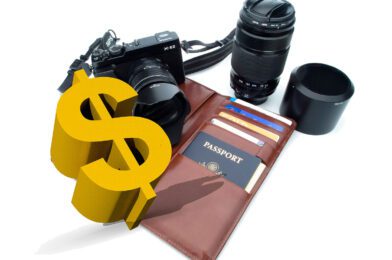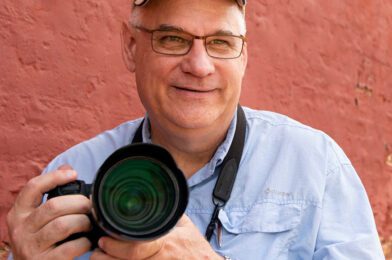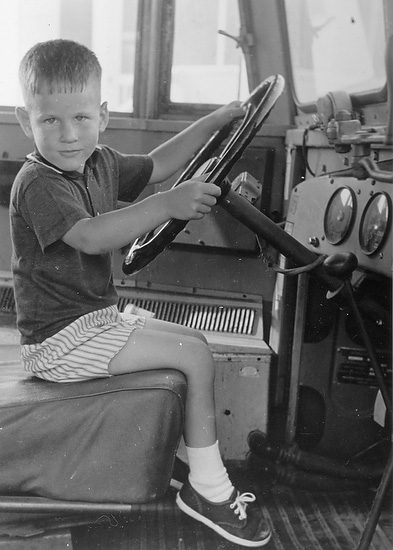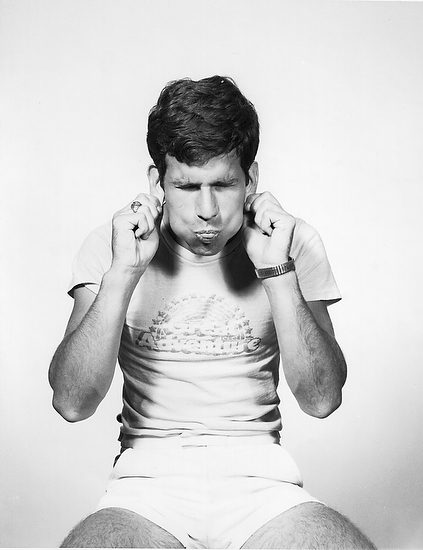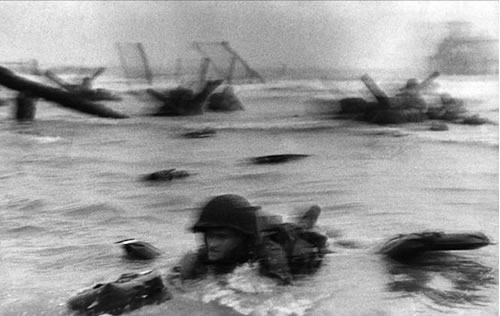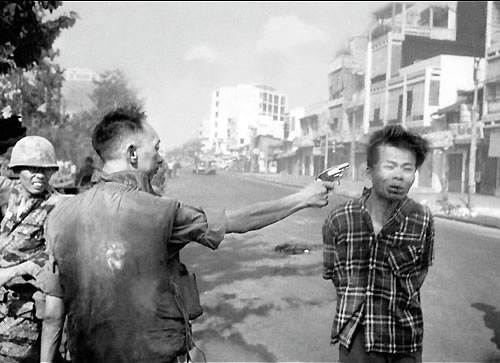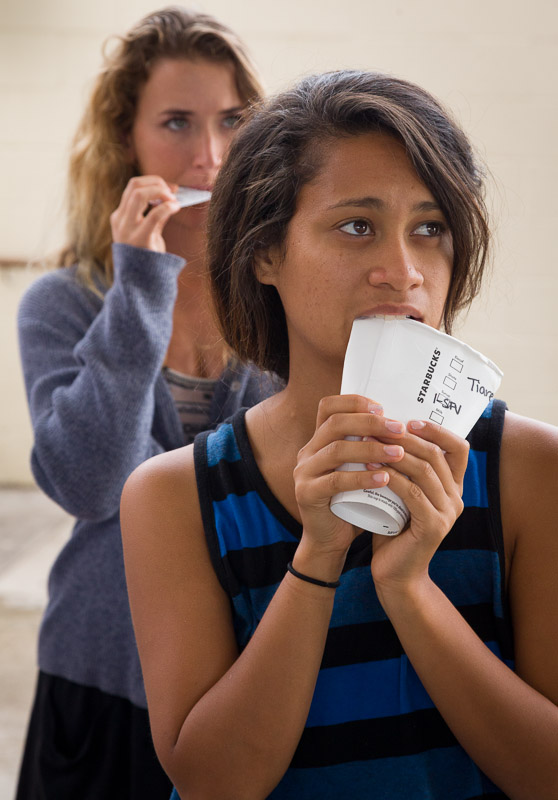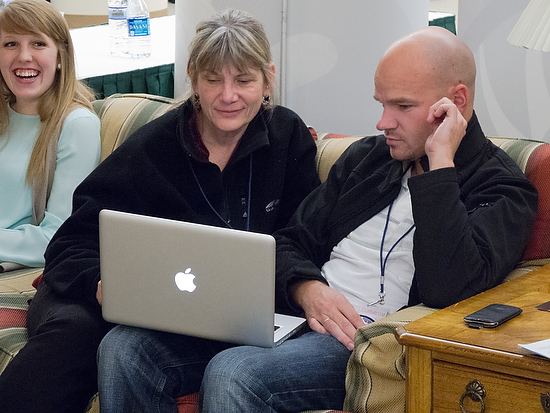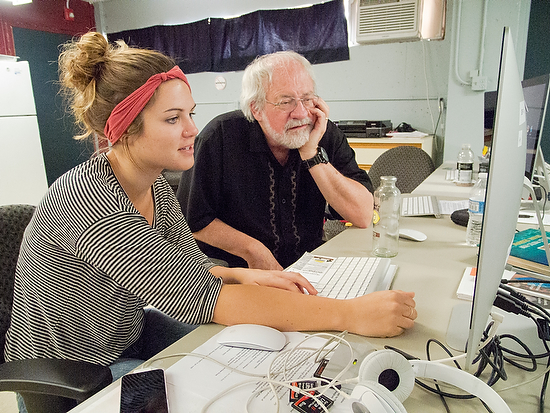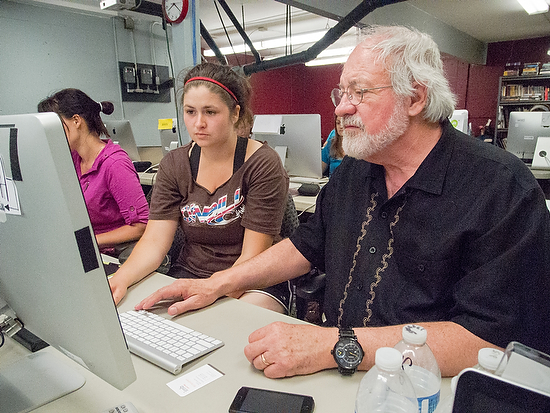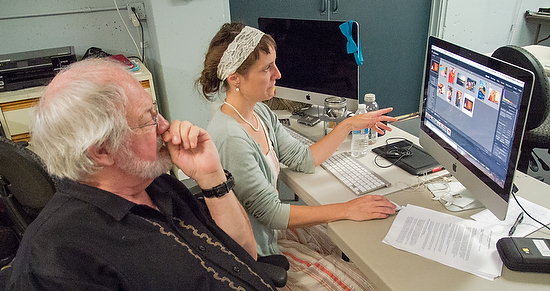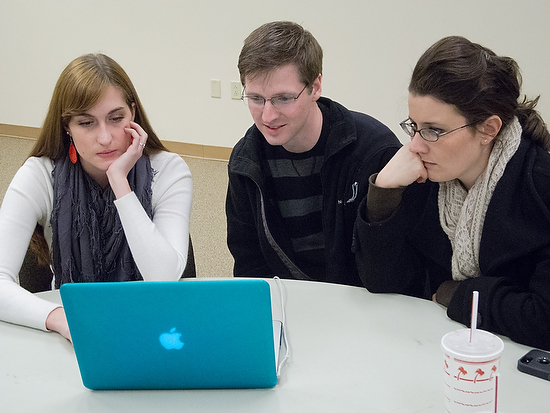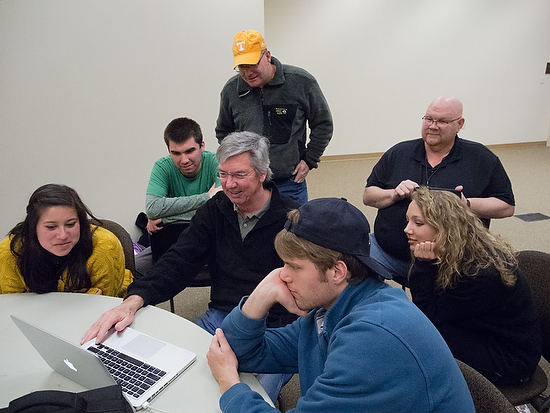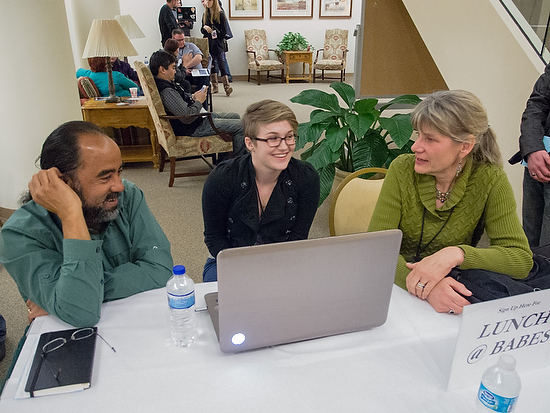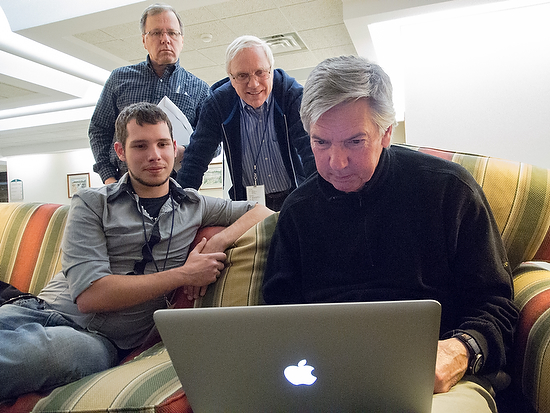I am in Los Angeles this week on our family vacation. We stopped by our family friend Pam Goldsmith’s for a visit.
I shared how photographers discuss the triangle to describe those working as pros. Many years ago, that triangle base was not as broad as it is today. The tip is still tiny, and many believe it to be smaller for those earning a living as full-time photographers.
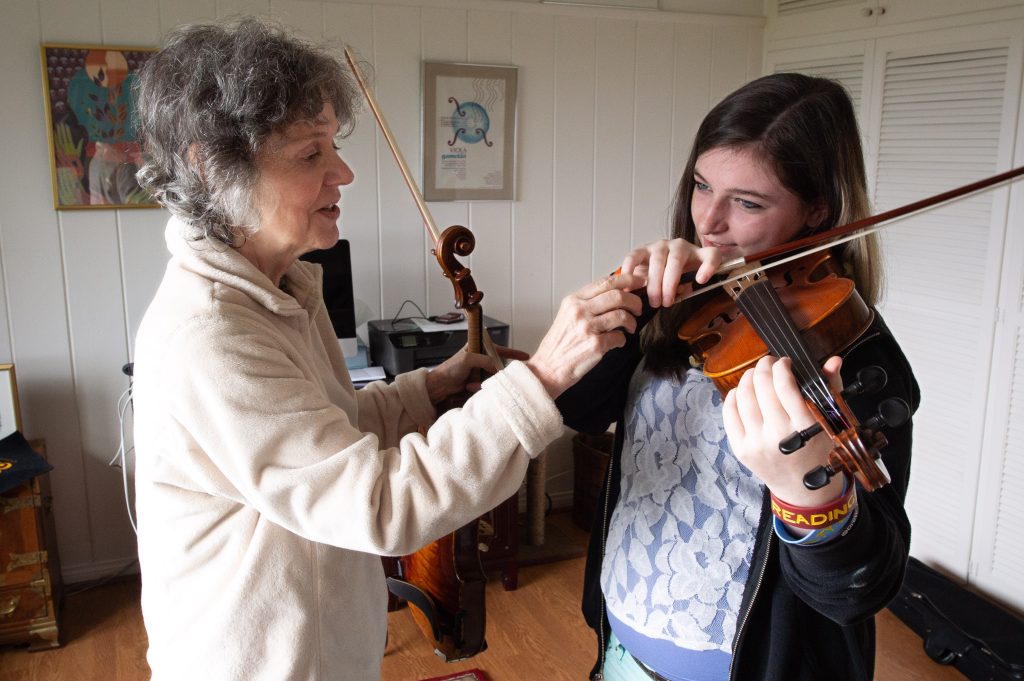
Pam Goldsmith then shared how the Professional Musicians Local 47 has about 13,000 members, of which less than 1,000 are doing enough gigs to make a living full-time as a professional musicians.
She said she thinks this number is smaller than the 1,000 and smaller group than years ago.
If photographers had a union
I am not advocating forming a union for the primary purpose of knowing how many of us are working, but the union was created to help people get work in the music industry and for a fair wage.
If we had a union, we would have similar numbers, if not even more members than 13,000. But, even if we, too, helped with regulating rates, we still would have dismal numbers of those who have invested time and money to pursue this as a career.
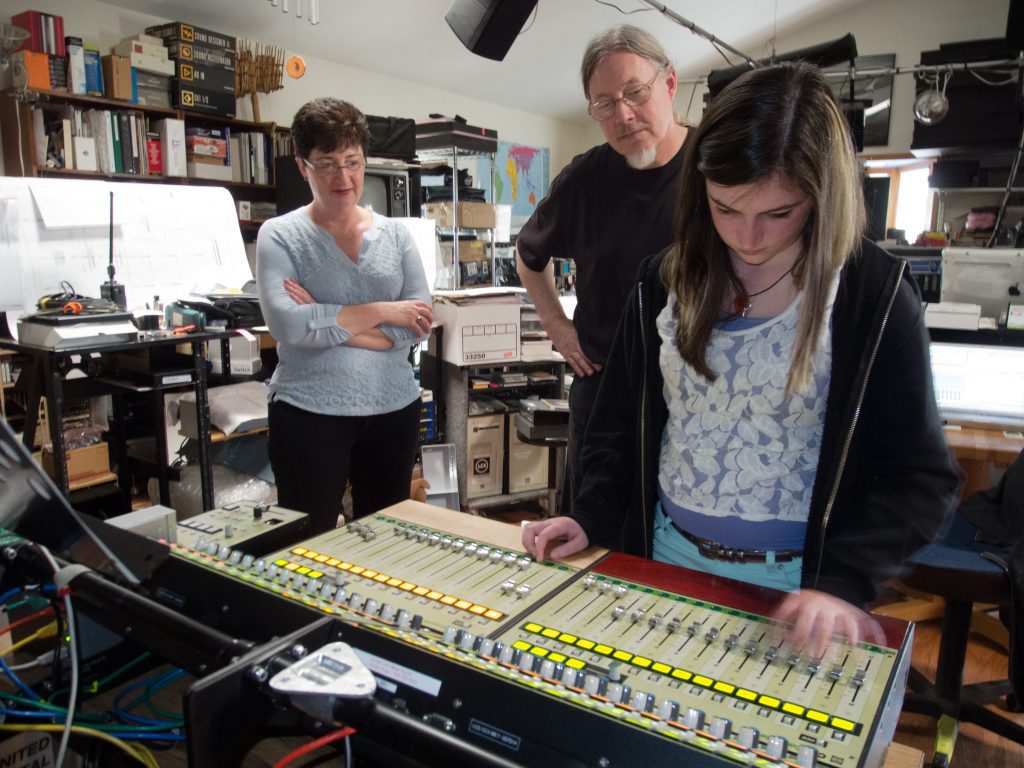
Later in the day, we went to Richard Bugg’s home office studio, where my daughter was getting to see what it is like to do sound mixing. Richard had the Broadway musical Wicked tracks and let my daughter listen to the different orchestra parts and vocals and how they can be mixed.
We learned from Richard that to stay employed; he had to continue to be flexible, adapt to new situations, and apply his problem-solving skills to unique problems.
My takeaway from today
After visiting not just average professionals in the entertainment industry, but the top in their respective fields, each talked about getting jobs. They had to be the best they could be.
Pam talked to us about when playing in the orchestra; there is a different approach than when in the recording studio for a movie. It would be best if you were exact with the film because the editors have the scenes timed down to Milli-seconds. So she had to be 110% accurate with the beat.
Richard shared about equipment breaking and fixing equipment in pressure situations.
Richard also talked about how he and my wife’s brother Richard Zvonar determined that laptops have stage fright. They would have sound systems running with their notebooks, and everything worked great in rehearsal, and then they would crash during a performance.
This led them to help design systems that ran separately from the laptops.
Too often, Apple would upgrade an operating system that would crash their software. They would spend so much time trying to fix the problem that this is why the separate systems were designed to work design systems soundly. They don’t fail.
Again, I hope you see the importance of not just people; equipment must be perfect.
If we had unions, photographers would be even more aware of how many call themselves professional photographers and how few make it. The difference is in the nuances of details.


